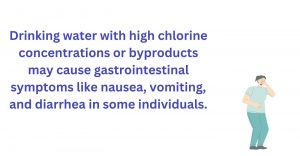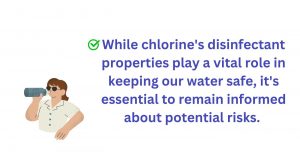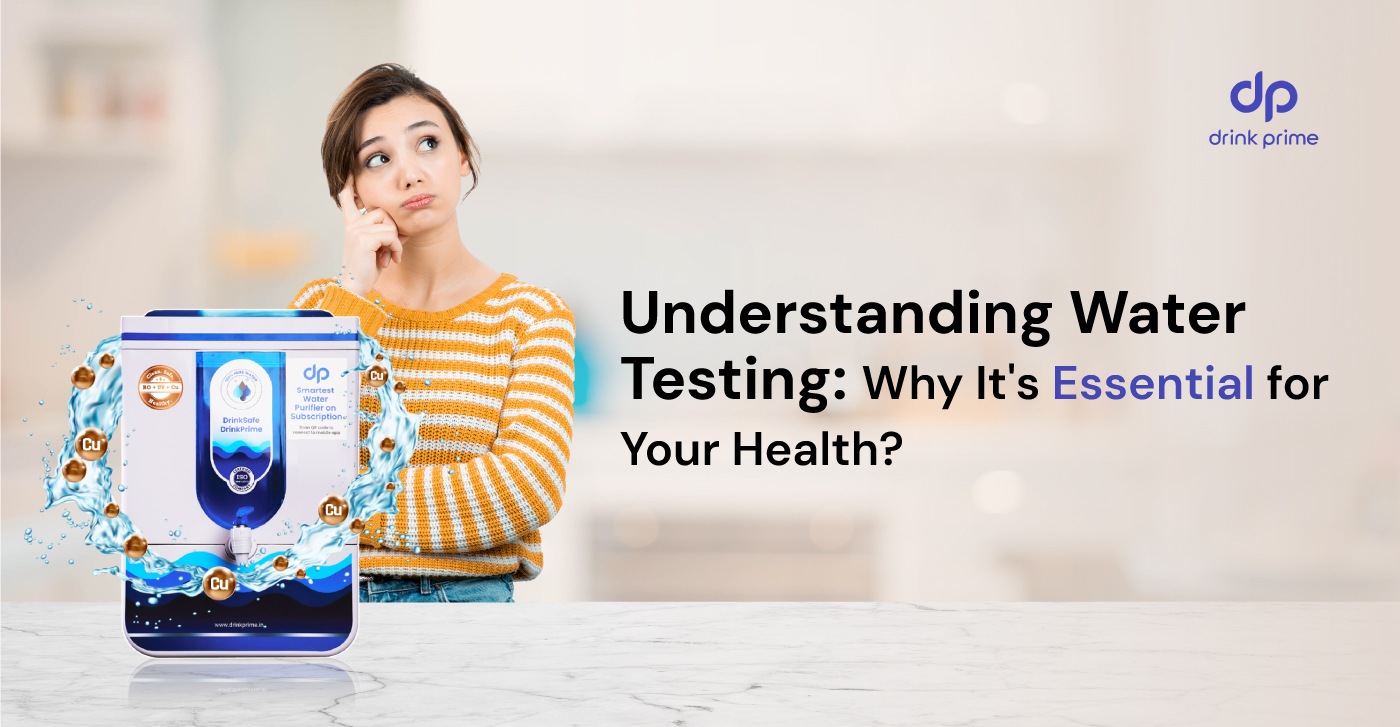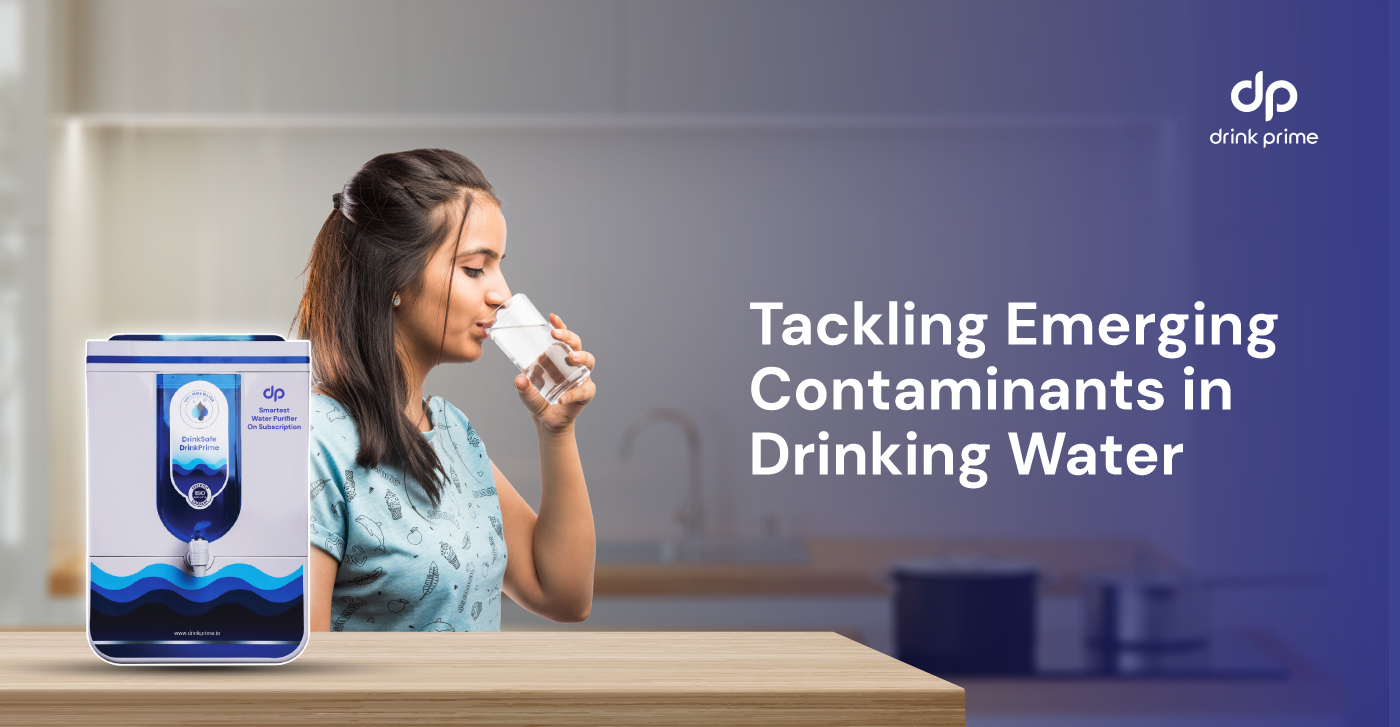Are you constantly worried that the water you drink every day is as safe as it looks? It’s a question that often lingers in the back of our minds. While municipal water treatment processes remove impurities and ensure the safety of our drinking water, one substance that often raises concern is chlorine.
Chlorine serves an important role in neutralising dangerous bacteria and viruses. However, its presence in drinking water also raises concerns about its potential impacts to human health.
From the ongoing debate about its long-term impacts to how we can remove it, keep reading to get a full overview of the role chlorine plays in water purification and the dangers of it.
Why Is Chlorine So Commonly Used?
Chlorine neutralises harmful bacteria and viruses. Its presence in drinking water helps to prevent waterborne diseases and protects our health. While chlorine is effective in its primary function, there are worries about risks connected with its use.
Chlorine byproducts and why you should be worried
One significant difficulty with chlorine in drinking water is the formation of byproducts when it combines with organic substances. Trihalomethanes (THMs) are one such byproduct that has raised some apprehensions. Many studies have indicated a possible link between long-term exposure to elevated levels of THMs and certain health problems, including cancer, reproductive issues, and kidney concerns.
Regulatory authorities typically monitor and maintain chlorine in drinking water and byproduct levels in tap water to adhere to safety standards. The established limitations ensure that potential dangers are kept within acceptable bounds for public use. Even so, it is usually preferable to take additional steps to reduce chlorine exposure as much as possible.
Simple actions such as allowing tap water to sit for a short period of time before use can help lower chlorine levels. Water filters give an extra layer of safety by removing chlorine byproducts.
What are the Health Effects of Chlorine in Drinking Water?
When chlorine reacts with natural organic matter, it can produce disinfection byproducts (DBPs). Trihalomethanes (THMs) and haloacetic acids (HAAs) are two common DBPs that have been linked to potential health risks.
Here are some of the long-term adverse effects and potential health issues that might result from chlorine in drinking water:
1.Cancer risks
Long-term exposure to high amounts of specific DBPs, such as chloroform (a type of THM), has been linked to an elevated risk of bladder cancers. According to research, continuous consumption of chlorinated water with high levels of DBPs may increase the risk of cancer.
2. Reproductive and Developmental Concerns
Some studies suggest a link between exposure to chlorine in drinking water and negative reproductive effects, such as an increased chance of miscarriage and birth abnormalities. Pregnant women and those expecting to conceive must limit their exposure to chlorine and its byproducts.
3. Asthma and Respiratory Issues
Asthma patients may experience worsened symptoms when exposed to chlorine byproducts, which have the potential to cause respiratory distress and aggravate asthma attacks. They irritate the respiratory system, showing symptoms like coughing, wheezing, and shortness of breath, particularly in people with pre-existing respiratory disorders.
4. Skin and eye irritations

Exposure to chlorine in drinking water may cause dryness, itching, and irritation, especially those who have sensitive skin. Direct contact with chlorinated water may also cause eye redness, pain, and irritation.
5. Gastrointestinal problems
Drinking water with high chlorine concentrations or byproducts can cause gastrointestinal symptoms like nausea, vomiting, and diarrhea in some people.
How Do I Remove Chlorine From Drinking Water?
If you want chlorine-free water or are concerned about its potential health implications, there are several methods for removing chlorine from your drinking water. Using a Reverse Osmosis (RO) water purifier is one of the most effective.
Why?
RO systems use a semi-permeable membrane to remove chlorine and other contaminants such as heavy metals, pesticides, and microbes. An RO water purifier ensures that the water you consume is free of chlorine and other impurities, leaving you with clean, tasty water.
Get 7 Days Risk Free Trial
Conclusion

Water treatment authorities constantly monitor and manage chlorine levels to provide safe drinking water for homes. However, to be on the safer side, look into water filtration alternatives or check with healthcare professionals about specific health risks associated with chlorine exposure.
FAQs
What is a safe chlorine level for drinking water?
The safe chlorine level for drinking water is typically between 0.2 and 1.0 mg/L, as recommended by the World Health Organization (WHO). This range ensures effective disinfection while minimising any potential health risks. If chlorine in drinking water exceed this, DrinkPrime purifier can help reduce it.
Should you remove chlorine from drinking water?
While chlorine is used to disinfect water and kill harmful bacteria, it can affect taste and cause irritation for some people. If you're sensitive to chlorine in water or prefer better-tasting water, it's a good idea to remove it. Use DrinkPrime water purifier to ensure safer, more pleasant drinking water.
Is chloride safe in drinking water?
Chloride is generally safe in drinking water at low levels. It occurs naturally and is often found in water sources. However, high chloride concentrations can affect taste and cause corrosion of pipes. The safe level of chloride in drinking water is up to 250 mg/L, as per WHO guidelines. Chloride is formed from chlorine. If you want to remove chlorine in water, DrinkPrime purifiers will give you safer and more pleasant drinking water.
What are the side effects of chlorine water?
While low levels of chlorine in drinking water are generally safe, prolonged exposure to high levels can cause irritation of the skin, eyes, and respiratory system. It may also affect the taste of water. To reduce potential side effects, using DrinkPrime water purifier can help remove excess chlorine.



